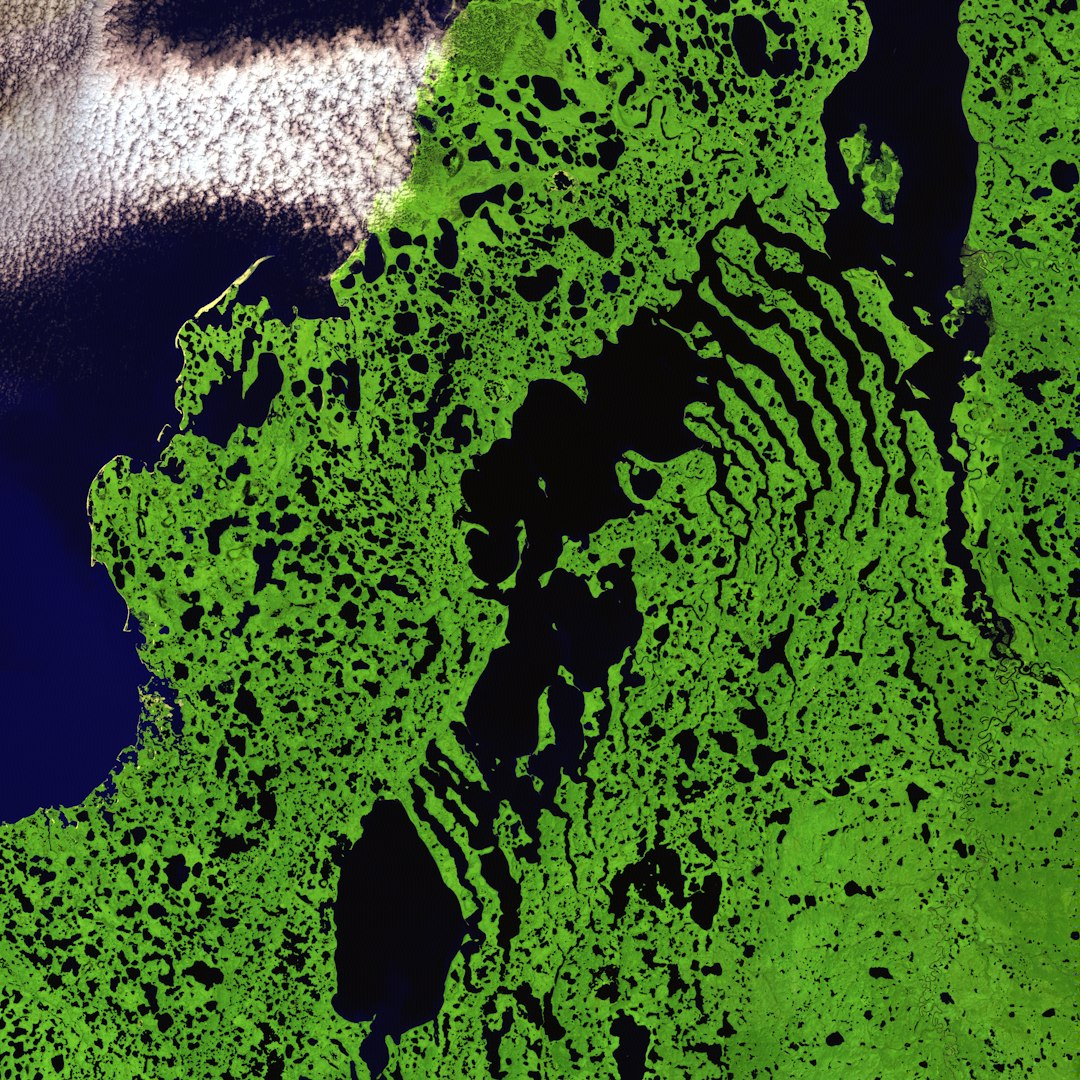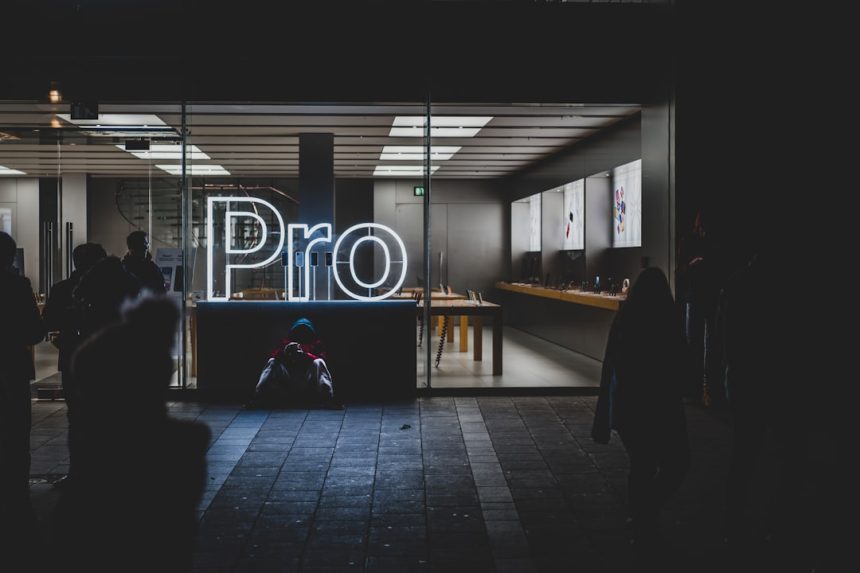Blurring or fading the edges of an image shape in Adobe Photoshop can significantly enhance the visual impact of a design. Whether one is aiming for a soft vignette effect, isolating a subject, or creating a sense of depth, mastering this technique can be invaluable. Photoshop offers multiple ways to achieve edge fading, allowing flexibility depending on the project requirements and user proficiency.
Using Layer Masks for Blurred Edges
One of the most commonly used non-destructive methods for blurring image edges is by applying a layer mask. This approach allows flexibility and can be modified at any time.
- Import the Image: Open Photoshop and load the desired image using File > Open.
- Select the Shape: Use any of the selection tools such as the Lasso Tool, Elliptical Marquee Tool, or Polygonal Lasso Tool to outline the shape you want to blur the edges around.
- Create a Mask: Once the selection is active, click on the ‘Add Layer Mask’ icon at the bottom of the layers panel. This will hide everything outside the selected shape.
- Apply Gaussian Blur: Ensure the layer mask is active by clicking on its thumbnail. Then go to Filter > Blur > Gaussian Blur to bring up the blur dialog box. Adjust the blur radius to get the desired fade effect.

Using Feathered Selections
Feathering is another quick way to create soft edges around a selected shape. This method is ideal for simple edits and where time-efficiency is important.
- Select the Area: Use a selection tool to outline the desired area.
- Feather the Selection: With the selection still active, go to Select > Modify > Feather. Choose a feather radius that determines how much the edge will blur.
- Create a New Layer via Copy: Press Ctrl+J (Cmd+J for Mac) to create a new layer with the feathered selection. This new layer will have naturally blurred edges.
This method is most effective for isolated image adjustments and fast compositing work.
Utilizing Gradient Layer Masks for Edge Fades
A more advanced and highly customizable technique is using a gradient mask. This method works best when blending an image smoothly into the background or another image.
- Apply a Mask: Add a new layer mask to your image like before.
- Use the Gradient Tool: Select the Gradient Tool (G) and ensure the mask thumbnail is selected.
- Draw the Gradient: Click and drag within the canvas to apply the gradient. Black areas will be fully transparent, white areas remain visible, and grey areas will fade accordingly.

By combining gradient masks with Gaussian Blur, even more subtle and complex fading effects can be achieved.
Final Tips
- Use Smart Objects to make your edits reversible.
- Zoom in to fine-tune edge transitions for high-quality output.
- Combine multiple layers and masking techniques for complex compositions.
Frequently Asked Questions
Can I re-edit the blur effect later?
Yes, if you use layer masks and smart filters. These are non-destructive and can be edited anytime.
How do I make the blur effect symmetrical around the shape?
Use the Feather Selection method, which blurs equally in all directions from the edge of your selection.
Can I apply blur to custom shapes?
Absolutely. Make your shape selection first using any tool you prefer, then apply a mask and Gaussian Blur or feather the selection as desired.
What’s the difference between Gaussian Blur and Feather?
Feather controls the blur during the selection stage, while Gaussian Blur is applied after the selection or to a mask. Gaussian Blur gives more control over the intensity and range.
Is there a way to preview the blend in real time?
Yes, when applying Gaussian Blur or using the Gradient Tool, you can see changes live if the appropriate preview options are checked.







